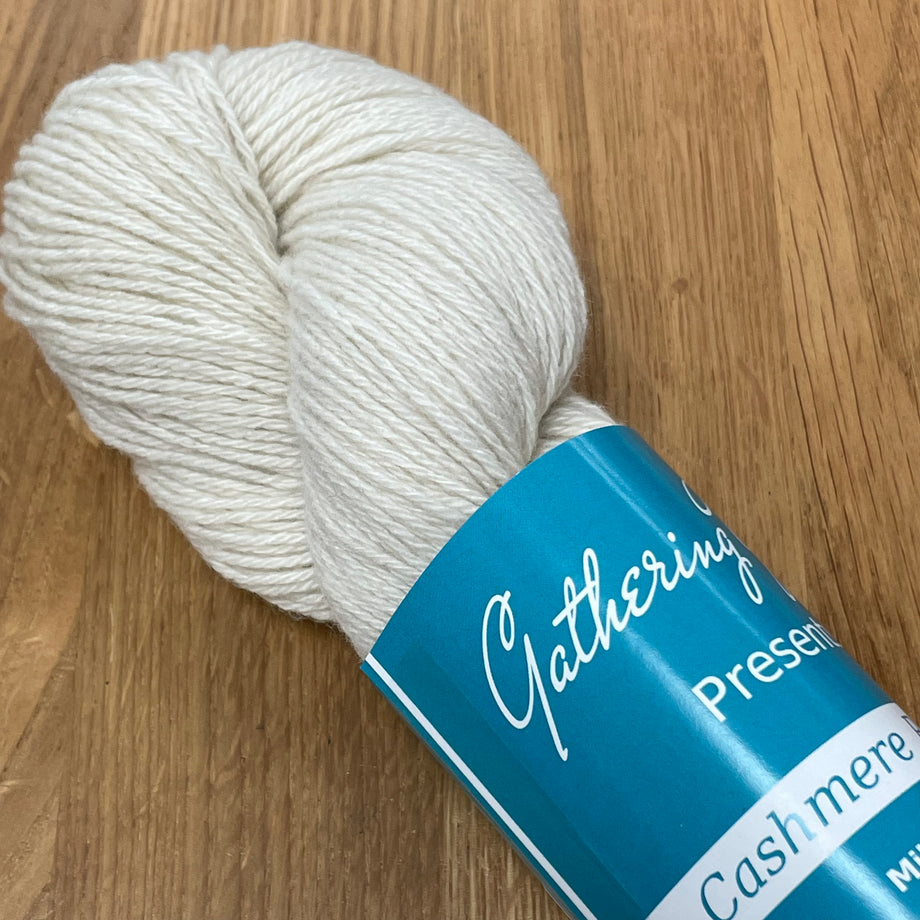Unveiling the Truths of cashmere and Its Classic Appeal in Design
Unveiling the Truths of cashmere and Its Classic Appeal in Design
Blog Article
Discovering the Various Sorts Of Cashmere an All-natural Fiber for Ultimate Luxury
Cashmere, an all-natural fiber, is frequently related to deluxe and convenience. However, not all cashmere is developed equal. From the highly soft Mongolian range to the light-weight heat of Indian Pashmina, each kind provides its very own one-of-a-kind functions and allure. The extra economical Chinese cashmere, the traditional Scottish version, and the premium Italian mix, all inform a different story of this impressive fiber. As we unravel the globe of cashmere, a much deeper understanding of its true value and refinement starts to emerge.
Recognizing the Glamorous Nature of Cashmere
Cashmere, usually linked with luxury and convenience, holds an one-of-a-kind allure in the world of natural fibers. Unlike various other natural fibers, cashmere combines insulation with breathability, using unrivaled convenience throughout differing temperature levels. Its lustrous coating and soft appearance contribute to its premium appeal, validating the premium price that typically comes with cashmere garments.
Just What Is Cashmere and Where Does It Originate from?

Offered these extraordinary qualities, one could question regarding the origin and makeup of this elegant fiber. Cashmere is originated from the soft undercoat of cashmere goats, mostly located in Mongolia, China, Iran, and Afghanistan - is cashmere a natural fiber. These goats are adapted to harsh weather problems, creating an extremely fine, soft underfur as a protection against the bitter cold. This underfur, or undercoat, is what is collected for cashmere. Each springtime, when the goats naturally lost their winter season layer, farmers comb out the fine underhair, leaving the coarser hair behind. This precise process contributes to the deficiency and high expense of cashmere. With its origin in the rough landscapes of Asia, cashmere is a testament to nature's capacity to generate luxury from difficulty.
Decoding the Various Kinds of Cashmere
Understanding the various kinds of cashmere is crucial to appreciating the high quality and special features of this extravagant textile. Generally, cashmere is categorized into 3 types: raw, virgin, and recycled. Raw cashmere is directly obtained from the goat and is unprocessed. This type frequently consists of pollutants such as dust and rugged hair. Virgin cashmere, on the other hand, is the pure, unrecycled material that is rotated right into thread for the initial time. It is the softest and most extravagant. Ultimately, Recommended Reading recycled cashmere is made from virgin product that has actually been previously made use of. It review is re-spun and used in generating lower-cost cashmere products. Translating these kinds is the very first step in comprehending the exclusivity and value of cashmere.

The Special Features of Each Type of Cashmere
Having explored the different categories of cashmere, it becomes evident that each type flaunts its special set of characteristics. Mongolian cashmere, for instance, is renowned for its exceptional top quality, due to Mongolia's extreme wintertimes that produce longer and finer fibers. Alternatively, Chinese cashmere is commonly extra budget-friendly, though its shorter fibers can minimize sturdiness.
Why Cashmere Is the Embodiment of High-end in vogue
Cashmere holds a renowned setting in the globe of style, related to as an icon of deluxe and sophistication (is cashmere a natural fiber). Cashmere is derived from the great undercoat of Himalayan goats, recognized for their superior quality fiber. Cashmere's unrivaled comfort and sturdiness make it an in-demand product in the creation of premium garments.
The Process of Making Cashmere: From Goat to Garment
The journey of cashmere, from being an undercoat of a Himalayan goat to an extravagant garment, is a detailed one. With the advent of spring, farmers in Mongolia and China collect the wool by brushing the goats, making certain no injury is done. The gotten woollen contains crude external hair and soft downy undercoat. This blend is then painstakingly separated, with just the soft down used for cashmere. This raw cashmere is cleaned, colored and spun into thread. The yarn is after that woven or weaved into fabrics. The last step includes pressing and cleaning to offer the textile its particular soft qualities and heat. From goat to garment, each step is a testament to the virtuosity, perseverance and skill entailed in crafting cashmere.

Final Thought
In final thought, cashmere, pop over to these guys with its all-natural style and unparalleled convenience, preponderates on the planet of high-end fashion. The variety in kinds, ranging from the soft Mongolian, lightweight Indian Pashmina, inexpensive Chinese, traditional Scottish, to the vivid Italian, discloses the adaptability of this natural fiber. The scrupulous procedure of changing it from a goat to a garment additionally includes to its exclusivity, making cashmere the epitome of sophistication and deluxe.
Cashmere, a natural fiber, is frequently linked with deluxe and comfort (is cashmere a natural fiber).Cashmere, often linked with high-end and comfort, holds an one-of-a-kind appeal in the world of natural fibers. Unlike other all-natural fibers, cashmere combines insulation with breathability, providing unparalleled convenience across differing temperatures. Cashmere is derived from the soft undercoat of cashmere goats, mainly found in Mongolia, China, Iran, and Afghanistan. Cashmere is acquired from the fine undercoat of Himalayan goats, recognized for their exceptional top quality fiber
Report this page